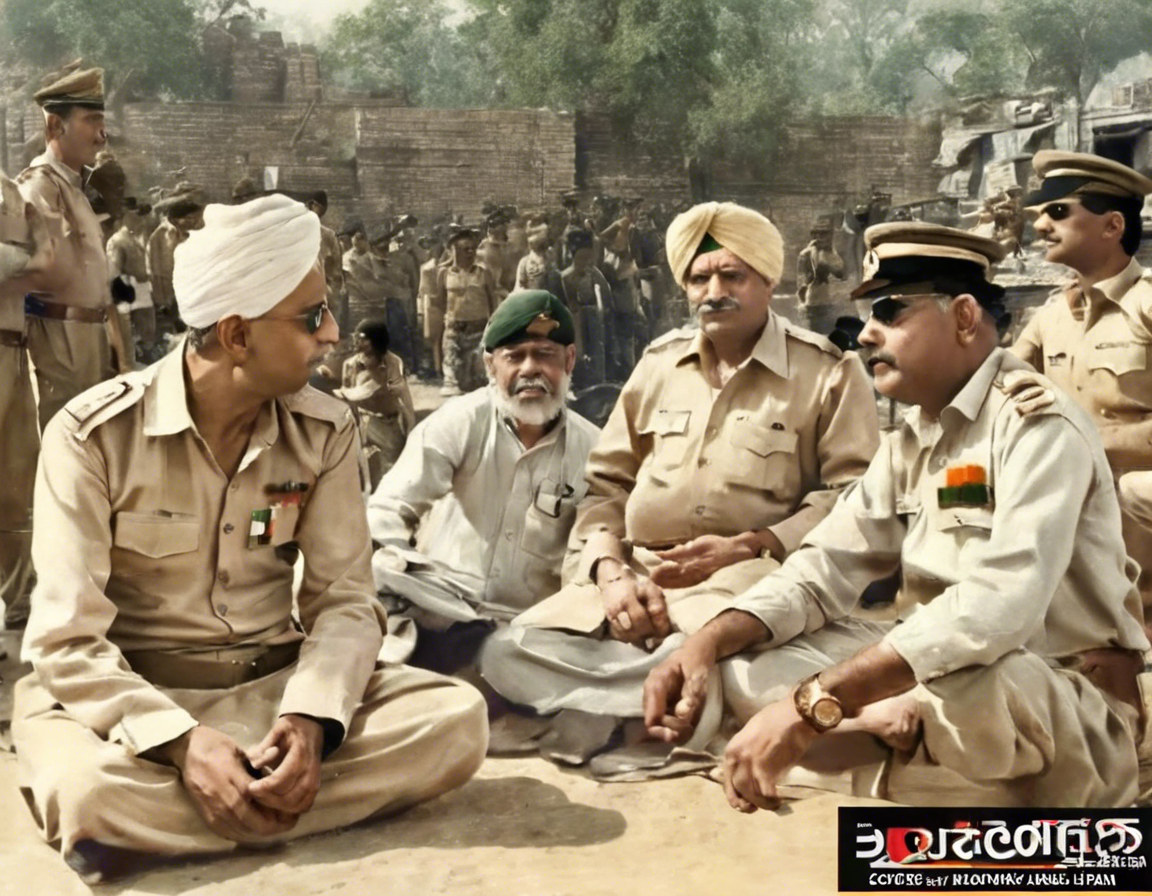India is a vast and diverse country with 28 states and 8 union territories. Each state and union territory is further divided into districts or jile.
India is a vast and diverse country with 28 states and 8 union territories. Each state and union territory is further divided into districts or jile. As of now, there are a total of 734 districts in India. These districts play a crucial role in the administrative, cultural, and political framework of the country.
Understanding Districts in India
Jile or districts in India are the third-tier of the country’s administrative structure, following states and union territories. Each district is headed by a District Magistrate or a Deputy Commissioner, who is responsible for the overall administration of the district. The district administration is responsible for implementing various government schemes, maintaining law and order, revenue collection, and overall development of the district.
The Distribution of Districts in India
The distribution of districts in India varies from state to state based on factors like geographical area, population density, administrative convenience, and historical significance.
Here are some states with a high number of districts:
– Uttar Pradesh: 75 districts
– Madhya Pradesh: 52 districts
– Maharashtra: 36 districts
– Bihar: 38 districts
– Rajasthan: 33 districts
And some union territories with districts:
– Delhi: 11 districts
– Puducherry: 4 districts
– Andaman and Nicobar Islands: 3 districts
– Chandigarh: 1 district
Factors Influencing the Creation of Districts
The creation of new districts in India is often a result of the need for better administration, governance, and service delivery to the citizens. Some of the factors that influence the creation of new districts include:
-
Population Growth: As the population of a region increases, it becomes necessary to create new districts to ensure effective governance and administration.
-
Geographical Considerations: Regions with difficult terrain or vast geographical area may require the creation of new districts for better governance and service delivery.
-
Administrative Efficiency: Smaller districts are often more manageable and enable better coordination and implementation of development schemes.
-
Political Representation: The creation of new districts may also be influenced by political considerations to ensure equitable representation and resource allocation.
The Role of Districts in India
Districts in India play a crucial role in the overall governance and development of the country. Some of the key functions of districts include:
-
Law and Order: The district administration is responsible for maintaining law and order, ensuring peace and security in the region.
-
Revenue Collection: Districts play a vital role in revenue collection through various taxes and fees, which contributes to the overall economy of the country.
-
Welfare Schemes: The implementation of various government welfare schemes and programs at the grassroots level is the responsibility of the district administration.
-
Election Management: Districts play a key role in the conduct of elections, ensuring free and fair polls at the local level.
-
Infrastructure Development: Districts oversee the planning and implementation of infrastructure projects, which are essential for the development of the region.
Frequently Asked Questions (FAQs) about Districts in India
-
How many districts are there in India?
As of now, there are a total of 734 districts in India. -
Which state has the highest number of districts in India?
Uttar Pradesh has the highest number of districts in India, with a total of 75 districts. -
How are new districts created in India?
The creation of new districts in India is based on factors like population growth, geographical considerations, administrative efficiency, and political representation. -
Who is the head of a district in India?
A District Magistrate or a Deputy Commissioner is the administrative head of a district in India. -
What is the role of districts in India?
Districts play a crucial role in governance, administration, revenue collection, welfare schemes, election management, and infrastructure development in India. -
Which is the smallest district in India?
Mahe, a part of the Union Territory of Puducherry, is the smallest district in India. -
How are districts different from states and union territories in India?
States and union territories have their own governments and legislatures, while districts are administrative units within states and union territories, responsible for local governance and administration. -
How many districts are there in Delhi?
Delhi, the capital territory of India, is divided into 11 districts for administrative purposes. -
Can districts be reorganized or merged in India?
Yes, districts in India can be reorganized, merged, or new districts can be created through official government notifications and administrative processes. -
What is the significance of districts in rural development in India?
Districts play a crucial role in planning and implementing rural development programs, ensuring inclusive growth and development in rural areas.
Districts form the backbone of administrative and governance structures in India, playing a pivotal role in the overall development and progress of the country. By understanding the importance and functioning of districts, we can appreciate the complexity and diversity of India’s administrative framework.

COMMENTS